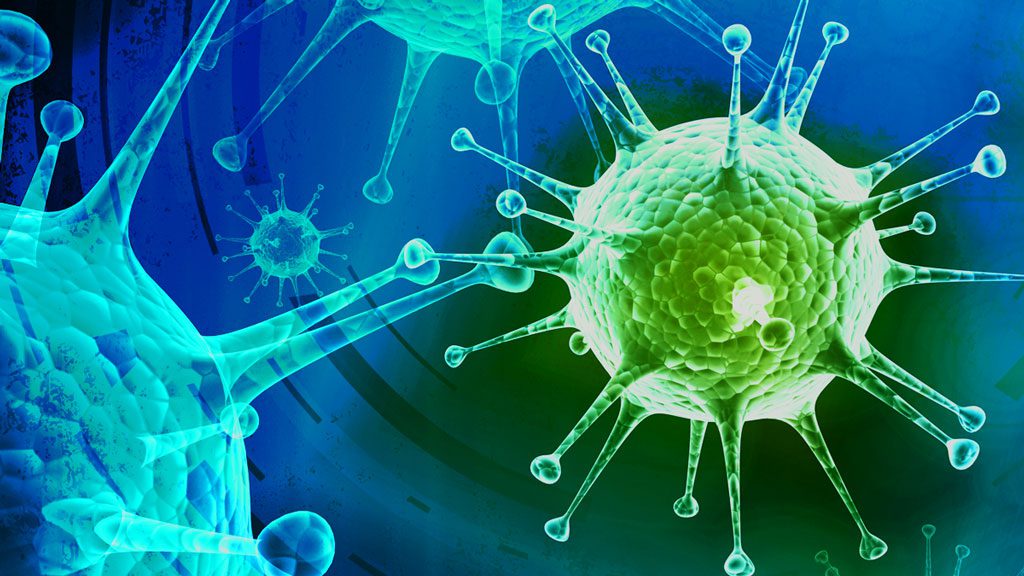Study led by the U.S. Geological Survey outlines a means to better estimate COVID-19 occurrence and trends in populations
COVID-19 testing is primarily limited to self-selected individuals, many of whom are symptomatic or have had contact with someone who is symptomatic. While these tests are useful for individual medical treatment and contact tracing, they do not provide health officials with a complete picture of the disease across the population.
“Coordinated sampling of COVID-19 is key to informing health officials as they continue their efforts to control the pandemic, permitting better predictions of disease dynamics and decisions that help limit transmission,” said James Nichols, USGS scientist emeritus and lead author of the study. “The proposed sampling methods should also help officials determine the effectiveness of vaccines, social distancing, masks and other mitigation efforts.”
By bringing its unique expertise in the design of data-gathering and monitoring systems, statistical analysis and mathematical modeling to human epidemiology, the USGS provides a means to fill the current information gap in testing data. This can benefit national and local governments and health officials as they develop interventions in response to new disease variants, plan for augmented vaccination efforts and prepare for future outbreaks.
With some countries experiencing surges in cases, Nichols points out, “the proposed testing strategies can be applied within the U.S. and internationally for COVID-19 and other diseases.”
One proposal in the study is to select a random sample within a population and survey those individuals for symptoms, such as elevated temperature, in order to gather more representative data on asymptomatic cases. This would help researchers estimate the proportion of symptomatic and asymptomatic individuals in the population.
The asymptomatic individuals, or a random subset of those individuals, could be tested for COVID-19 to help estimate infection probability for asymptomatic individuals in the population.
“The strategies outlined in this new research would help strengthen current testing approaches and could be done with relatively few additional tests and non-invasive surveys,” said Michael Runge, a USGS scientist and a co-author of the study. “Strategic testing, based on specific objectives, can provide information valuable for decisions about both individual healthcare and protecting communities.”
“It is critically important to be clear about the goal of a surveillance program,” said co-author Katriona Shea, a professor of biology and alumni professor in the biological sciences at Penn State. “Without knowing exactly what you want to achieve, how can you achieve it? A surveillance program for individual outcomes would be designed differently than a program aimed to understand population level public health objectives.”
Partners with the USGS in this study include Penn State, Lancaster University, the U.S. Department of Agriculture, University of Oxford, Stellenbosch University, University of Warwick and the National Institutes of Health.
Strategic testing approaches for targeted disease monitoring can be used to inform pandemic decision-making. PLOS Biology, 17 June 2021.
Source: USGS
RELATED READING


